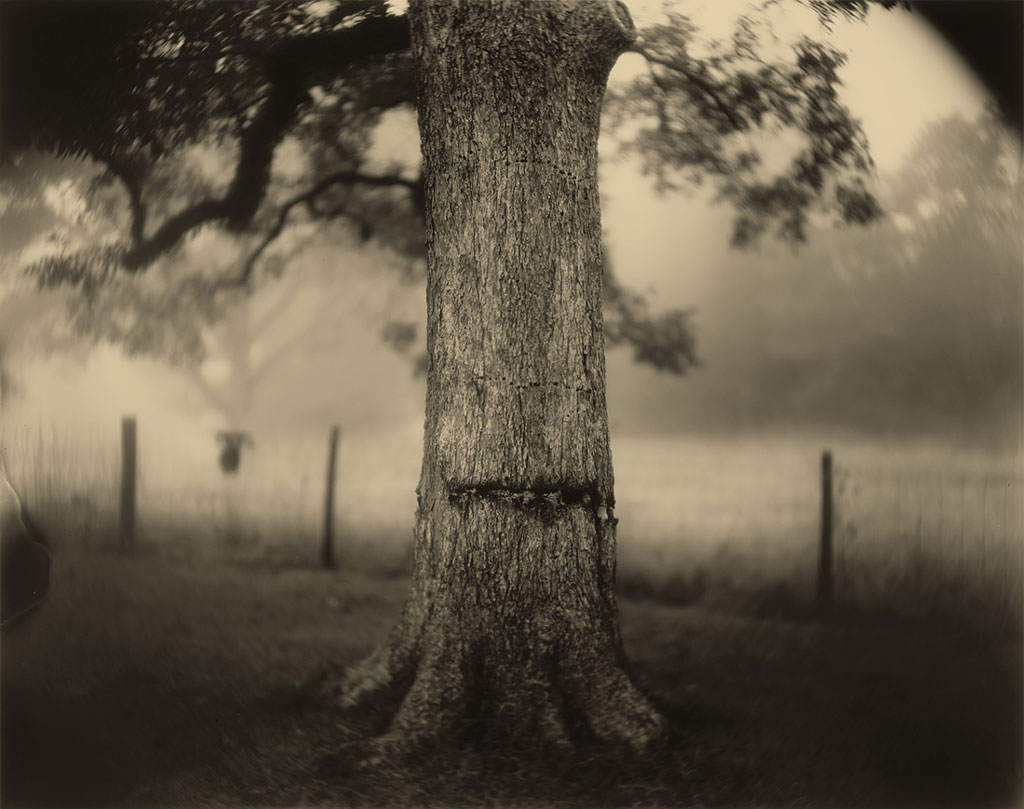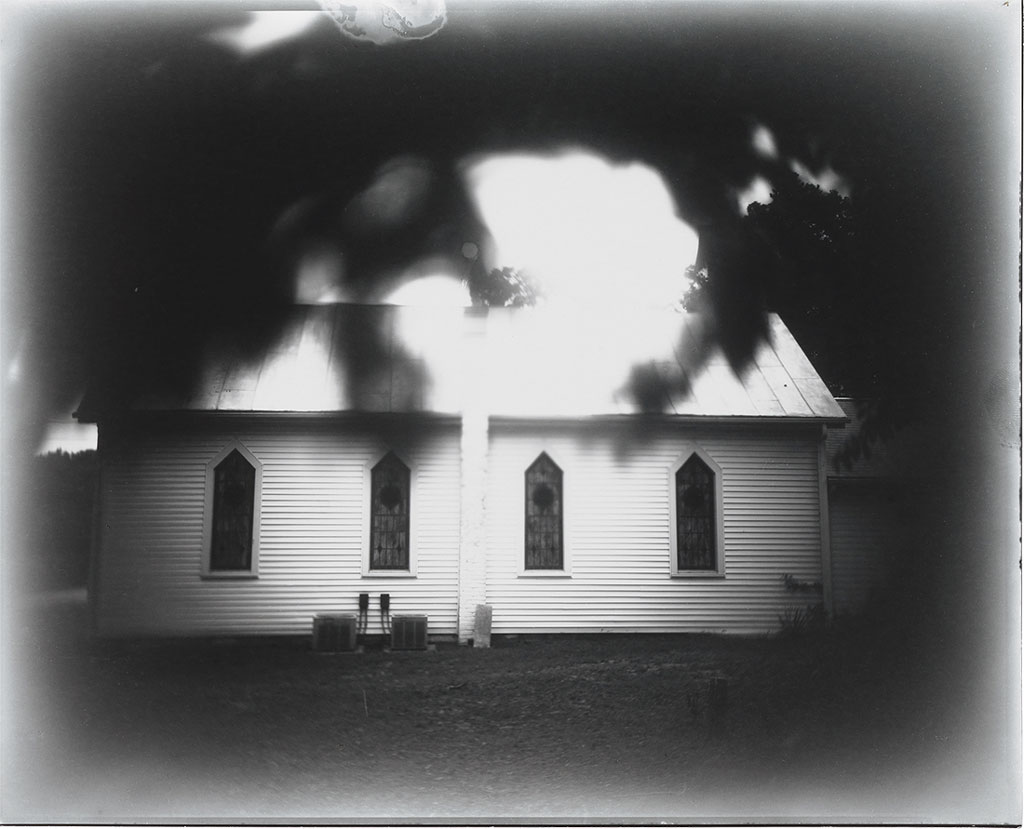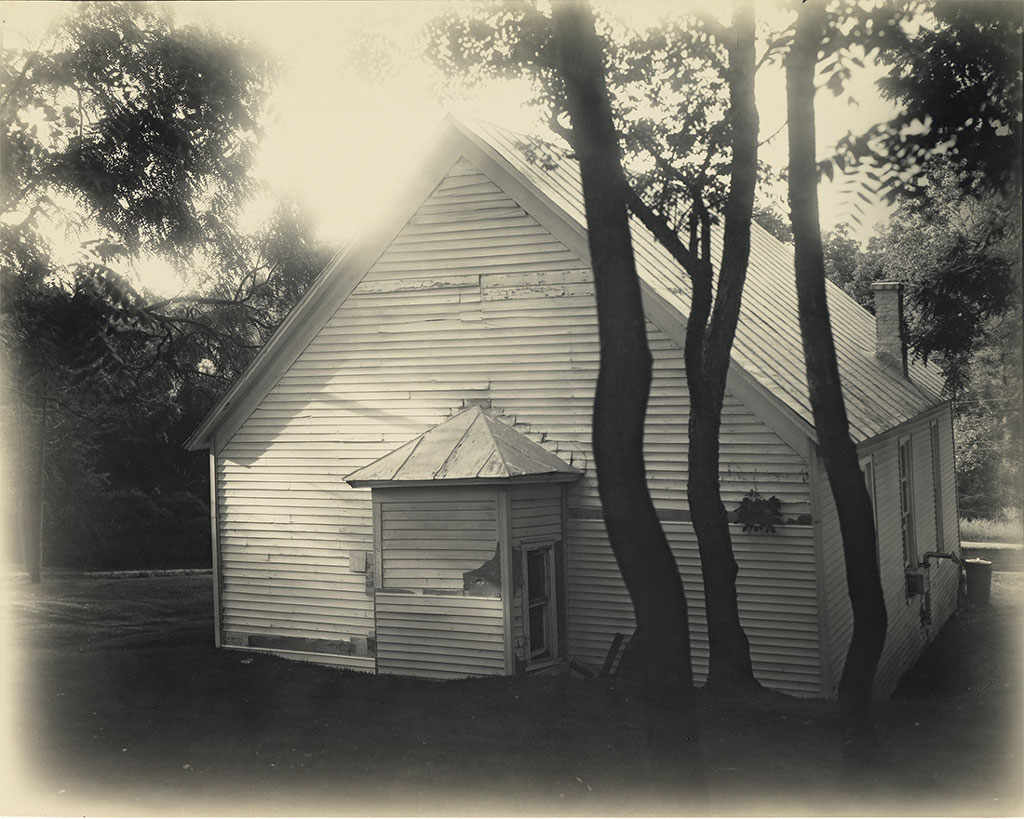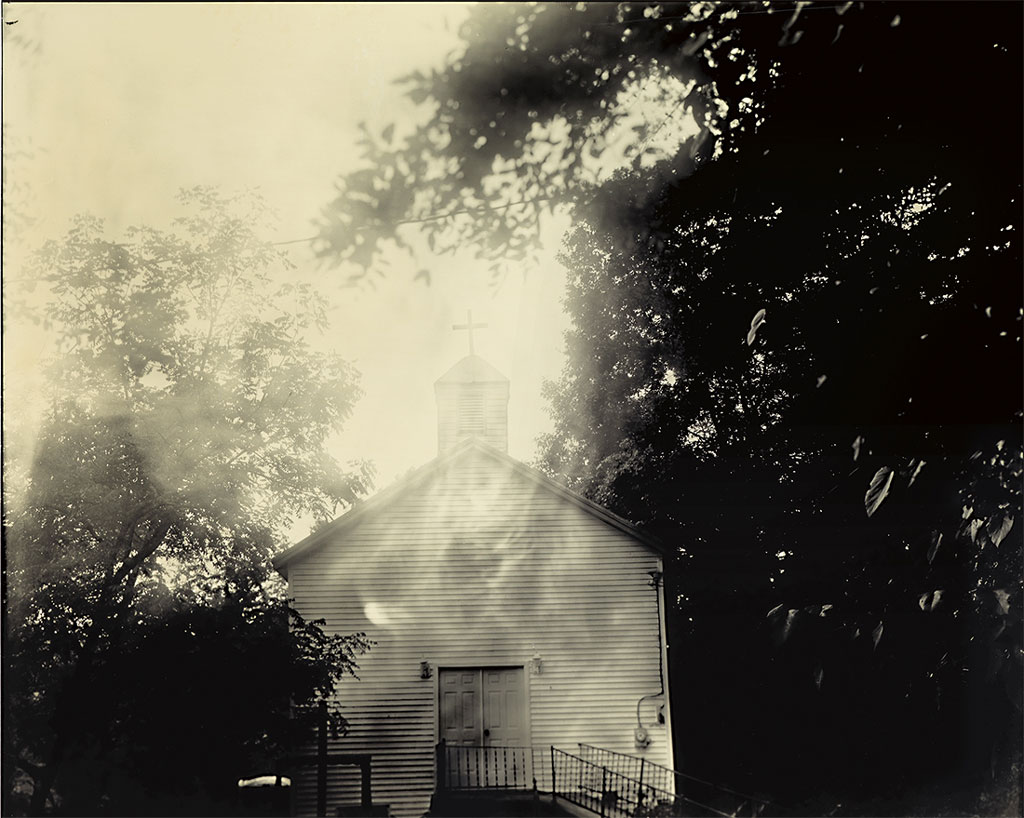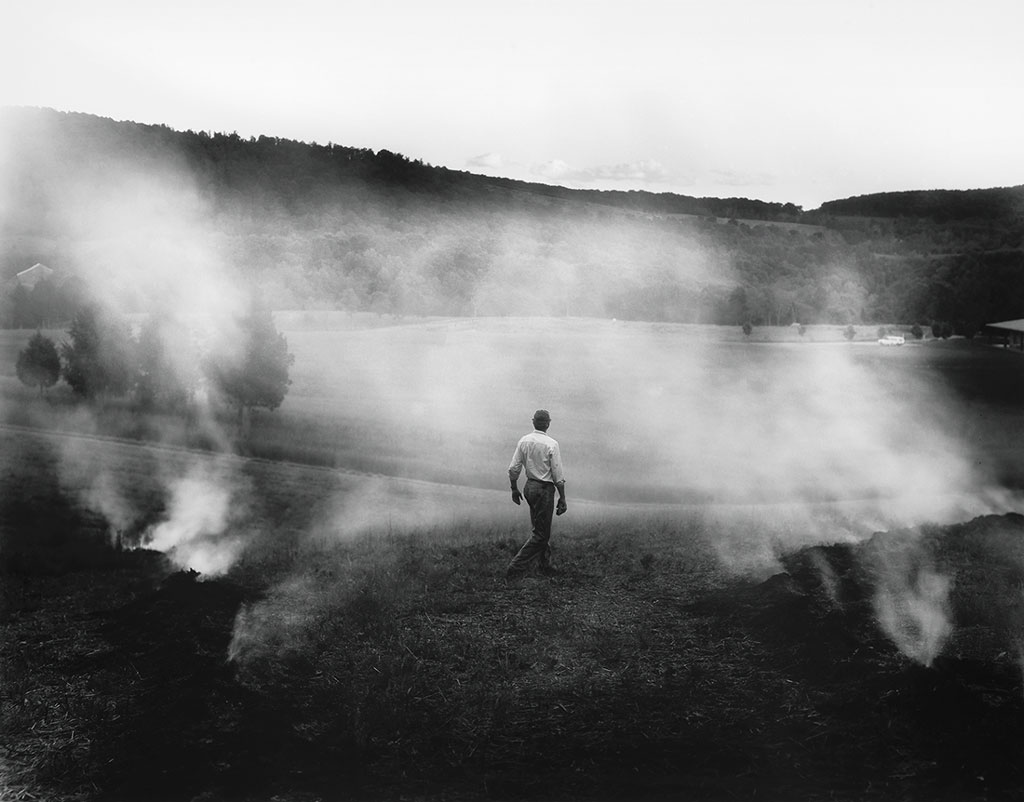Photo:Sally Mann-A Thousand Crossings
 For more than 40 years, Sally Mann has been taking hauntingly beautiful, experimental photographs that explore the essential themes of existence: memory, desire, mortality, family and nature’s overwhelming indifference towards mankind. What gives unity to this vast corpus of portraits, still lifes, landscapes and miscellaneous studies is that it is the product of one place, the southern United States.
For more than 40 years, Sally Mann has been taking hauntingly beautiful, experimental photographs that explore the essential themes of existence: memory, desire, mortality, family and nature’s overwhelming indifference towards mankind. What gives unity to this vast corpus of portraits, still lifes, landscapes and miscellaneous studies is that it is the product of one place, the southern United States.
By Efi Michalarou
Photo: Jeu de Paume Archive
Sally Mann was born in Lexington, Virginia, deep in the area of the United States known as the South. She has often written and spoken about what it means to live in the South; drawing on her deep love for that area and a profound awareness of its complex historical heritage, she explores bold, thought-provoking questions – about history, identity, race and religion – that go beyond geographical and national boundaries. The exhibition “A Thousand Crossings” is the first major travelling retrospective of the eminent artist’s work; it examines her relationship with her native region and explores how it has shaped her work. The retrospective is arranged in five parts (Family, The Land, Last Measure, Abide with Me, and What Remains) and features many previously unknown or unpublished works. It is both an overview of four decades of the artist’s work and a thoughtful analysis of how the legacy of the South – at once, homeland and graveyard, refuge and battlefield – is reflected in her work as a powerful and provocative force that continues to shape American identity and experience. The exhibition opens with works from the 1980s, when Sally Mann began photographing her three children as they were engaged in the typical pursuits of childhood at the family’s summer residence in Lexington. These pictures convey a sensual beauty, with hints of danger and sexuality, refuting the traditional clichés of childhood, and evoking a preference for complex visions. The exhibition continues with photographs of sultry swampland, fields and ruined houses that Sally Mann discovered while travelling through Virginia, Georgia and Mississippi. As she searched for what she calls “the radical light of the American South,” the pictures that she made in Virginia look like the visions of a sleepwalker, while those from Georgia and Mississippi have an austere, desolate quality. In many of these strangely static images, as well as those in the third section, devoted to the battlefields of the American Civil War, Sally Mann used old lenses and the 19th Century wet collodion plate process, and she made much larger prints. By employing earlier techniques, she obtained a wide range of photographic effects, including flares, haze, streaks and blurring that convey the idea of the South as a place of memory, defeat, ruin and tentative rebirth. The fourth section is an exploration, in four series, of the racial landscape of Virginia. Between 2006 and 2015, Sally Mann made a series of tintypes in the Great Dismal Swamp and the surrounding waterways in southeastern Virginia. Before the Civil War, this marshland was a refuge for large numbers of runaway slaves. For these pictures, Mann used the tintype process – a collodion emulsion on a metal sheet – to create a liquid-looking surface that suggests that the local geography is inextricably linked to its history as the site of slavery. In parallel with this, Sally Mann has made photographs of small 19th Century African American churches near her home in Lexington. These pictures are punctuated with portraits of Virginia “Gee-Gee” Carter, the African American woman who worked for the artist’s parents for 50 years and helped to raise Mann. The section ends with a set of large-format portraits of African American men, printed from collodion negatives. In the final section, the exhibition comes back to where it started, focusing on Sally Mann herself and her family, and it deals with mortality and the passage of time. The photographer’s enduring fascination with the process of decay is evident in a series of ghostly portraits of her children and intimate photographs depicting in detail the physical changes in her husband who suffers from a degenerative illness. The exhibition ends with a powerful series of self-portraits taken in the wake of a terrible riding accident.
Info: Curators: Sarah Greenough and Sarah Kennel, Jeu de Paume, 1 place de la Concorde, Paris, Duration: 18/6-22/9/19, Days & Hours: Tue 11:0021:00, Wed-Sun 11:00-19:00, www.jeudepaume.org

